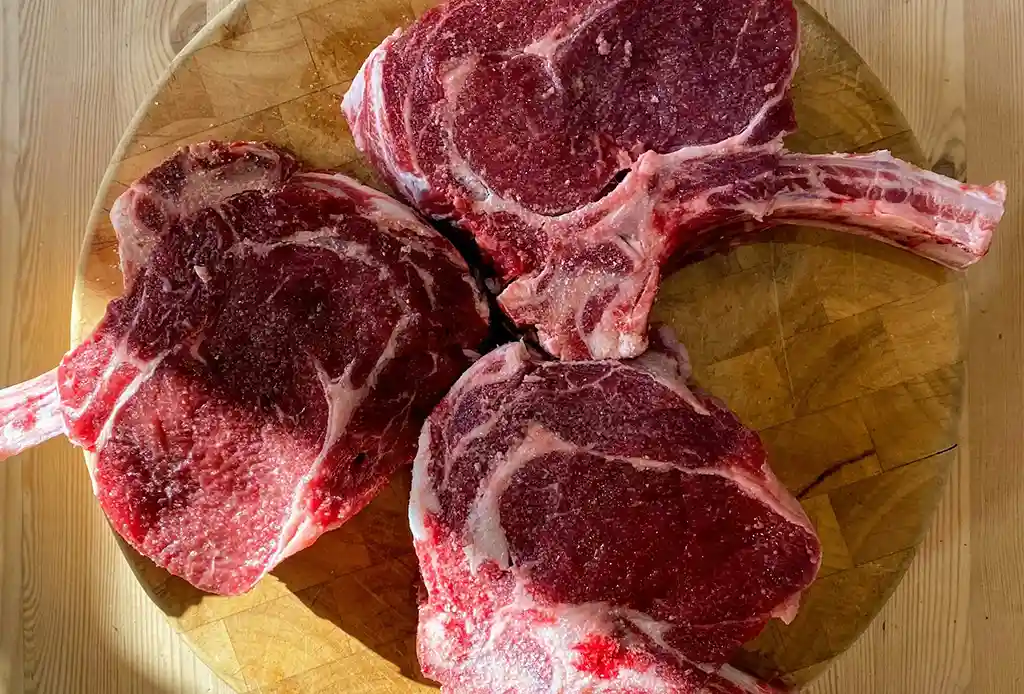Address
304 North Cardinal
St. Dorchester Center, MA 02124
Work Hours
Monday to Friday: 7AM - 7PM
Weekend: 10AM - 5PM
Address
304 North Cardinal
St. Dorchester Center, MA 02124
Work Hours
Monday to Friday: 7AM - 7PM
Weekend: 10AM - 5PM

In a world increasingly focused on health and environmental well-being, plant-based diets have surged in popularity. The prevailing narrative suggests that achieving a well-rounded diet doesn’t necessarily mandate a complete departure from meat consumption. Rather, the emphasis is on dietary patterns that prioritize fruits, vegetables, whole grains, and beans. Surprisingly, even red meat can find its nutritional place within such a framework.
Context Matters: Disentangling Meat from Unhealthy Diets
Kristina Petersen, an associate professor of nutritional sciences at Pennsylvania State University, advocates for a nuanced approach. She underscores the importance of distinguishing between negative health associations linked to meat and the broader dietary context. Petersen highlights that data pointing to adverse effects of meat often originates from studies conducted in populations with overall unhealthy eating habits, emphasizing the need for a more holistic perspective.
Addressing concerns surrounding red meat, Qi Sun, an associate professor of nutrition and epidemiology at Harvard’s T.H. Chan School of Public Health, acknowledges potential risks, particularly in saturated fat content. However, moderation and a preference for lean cuts emerge as strategies to maintain saturated fat intake within acceptable limits. Joanne Slavin, a professor of food science and nutrition at the University of Minnesota, advocates for smaller portions, specifying that an optimal serving should be limited to 2.5 to three ounces.
Balancing Act: Red Meat’s Nutritional Contributions for Older Adults
Despite prevailing apprehensions, this section sheds light on the nutritional advantages of red meat, especially for older adults. Lean cuts are hailed as valuable sources of essential nutrients, including protein, vitamin B12, zinc, and iron. Integrating red meat into the diet is deemed beneficial for older individuals facing challenges in meeting their nutritional requirements through other sources.
Navigating the ongoing debate regarding the acceptable amount of meat consumption, recommendations coexist, emphasizing the importance of keeping overall intake within specified limits to address both health concerns and environmental impact.
Plate Harmony: Beyond Meat Quantity to Dietary Composition
Concluding with a unanimous sentiment, we stress the paramount importance of considering the entirety of one’s plate. While acknowledging the significance of meat quantity, the consensus underscores the crucial role of overall dietary composition. Practical tips for health-conscious meat enthusiasts include avoiding processed meats, practicing portion mindfulness, opting for lean cuts, and diversifying protein sources with poultry and fish. The overarching advice is to view one’s diet holistically, ensuring a harmonious blend of meat and plant-based foods for optimal health.